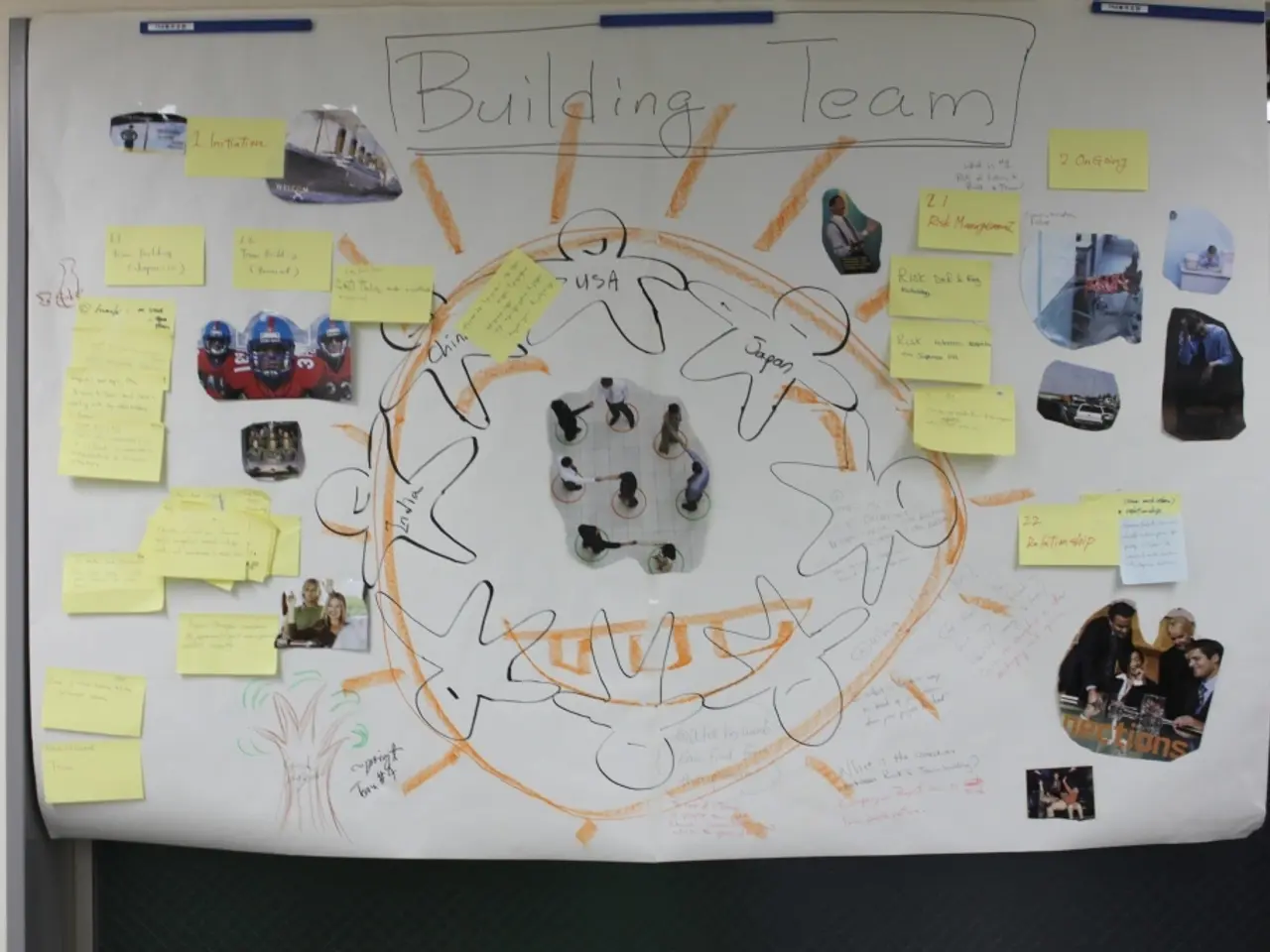Exploring the Insights of Statistical Analysis and Data Interpretation within the Educational Sphere
In the ever-evolving landscape of education, data analysis is playing an increasingly significant role in shaping teaching practices and student outcomes. By harnessing the power of statistics and technology, educators are empowered to make data-driven decisions that foster a more responsive and effective educational environment.
At the heart of this revolution lies the integration of various data analysis techniques. These methods, such as descriptive, inferential, and predictive statistics, allow for conclusions to be drawn about larger student groups based on limited data, summarize past data to understand trends, and even forecast future student performance.
One of the key techniques is cluster analysis, which groups students into homogeneous clusters based on similar characteristics or behaviours, enabling targeted interventions. Descriptive analysis, on the other hand, summarizes past data to understand "what happened," often via dashboards tracking metrics like learner activity, progression, and retention.
Diagnostic analysis investigates "why it happened" by exploring correlations and data patterns, while predictive analysis employs machine learning and data mining to forecast future student performance. Regression analysis examines relationships between variables to assess the effect of factors on learning outcomes, and hypothesis testing verifies assumptions by testing null and alternative hypotheses.
Content analysis, which analyses qualitative data such as communication content, and data visualization, which transforms complex data into visual formats, are also valuable techniques in educational settings. These methods make insights accessible to educators and stakeholders, facilitating a more informed and collaborative educational landscape.
Cloud computing further enhances this collaborative analysis, enabling educators to work together across distances while sharing insights efficiently. However, a primary challenge in implementing these techniques is the overall data literacy among educators.
To bridge this gap, training programs focused on enhancing data literacy can empower educators to utilize data for continuous improvement in teaching practices. Cultivating data literacy among educators is vital for promoting a data-driven culture in education, ensuring that decisions are backed by evidence and aimed at enhancing student success.
Incorporating statistics and data analysis into educational frameworks not only helps educators engage more meaningfully with their students, but also optimizes learning design, identifies at-risk students, and makes informed decisions based on data insights. By leveraging these techniques, educational institutions can develop effective teaching methods and improve educational outcomes.
Understanding variability is crucial, which can be achieved through concepts like correlation and regression analysis. Applications of statistics and data analysis in classroom assessment provide educators with insights into student performance and learning outcomes.
However, lack of funding for statistical software and tools, insufficient training for educators, and inadequate infrastructure are common resource limitations affecting the implementation of statistics and data analysis in education. To overcome these challenges, data visualization tools like Tableau and Microsoft Power BI provide intuitive ways to present findings, while professional development programs focused on statistics and data analysis are paramount, equipping educators with the necessary skills to interpret data effectively and derive actionable insights.
In conclusion, the growing emphasis on data-driven decision-making significantly influences educational strategies, prioritizing the use of statistical analysis to inform curriculum development, assess instructional effectiveness, and enhance student engagement. Embracing statistics and data analysis fosters a culture of continuous improvement, wherein educational practices evolve according to evidence rather than assumptions. As we move forward, the role of data analysis in education will undoubtedly continue to expand, providing valuable insights for decision-making and enhancing teaching methodologies.
[1] "Educational Data Mining: An Overview" by J. Seufert, C. L. Reimann, and M. A. Mayer. [2] "The Role of Data Analysis in Education" by J. P. Carroll. [3] "Data-Driven Decision Making in Education" by D. L. Berliner and R. B. Biddle. [4] "Data Visualization in Education: A Systematic Literature Review" by A. D. C. L. van der Meij et al. [5] "Statistical Methods in Educational Research" by R. A. Johnson and D. W. Wichern.
E-learning platforms can incorporate data analysis techniques such as cluster analysis, diagnostics analysis, predictive analysis, content analysis, and data visualization to identify learning patterns, improve instructional strategies, and optimize education-and-self-development for students. To equip educators with the necessary skills to effectively utilize these techniques, professional development programs focused on data literacy are essential to bridge the current literacy gap, enforcing a data-driven culture within the educational landscape.


![Layoffs: What's the Optimal Approach? [Data + Visual Guide]](/en/content/images/size/w640/format/webp/20250817093316_tech-layoffs-in-2022.jpeg)

